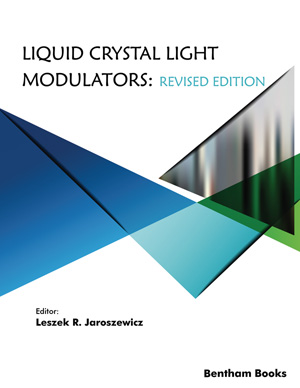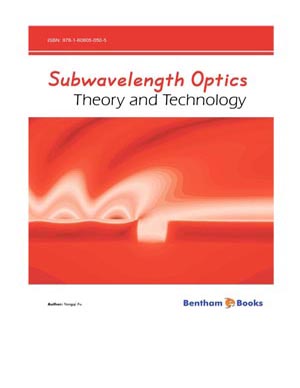We describe the interaction of a quantum particle with an electromagnetic
field by additional Lagrangian terms in the time dependent phases of the two
conjugate wave functions, proportional to the electric charge, with a scalar potential
conjugated to time, and a vector potential conjugated to the space coordinates. From
the group velocity in the momentum space, we obtain the Lorentz force, as a function
of the electric and magnetic fields satisfying the Faraday-Maxwell equation of the
electromagnetic induction, and the two Gauss-Maxwell equations for the electric and
magnetic fields. When the electromagnetic field is considered as a wave propagating
with the maximum relativistic velocity c , the Ampère-Maxwell law and the charge
conservation equation are obtained. We consider a gravitational wave for the metric
tensor satisfying the D’Alembert equation. For the amplitude tensor of a first-order
solution of this equation, we obtain a scalar which describes a rotation of this tensor
in a plane perpendicular to the propagation direction of the gravitational wave, with
an angular momentum 2, which we call the graviton spin. For the polarization vector
we also obtain an invariant describing a matter rotation in this plane, with an integer
spin for Bosons, and a half-integer spin for Fermions. The first-order solution
describes a particle acceleration in the direction of propagation of the gravitational
wave, as the second-order solution describes a harmonic oscillation in this wave. We
consider the two propagation wave functions as products of propagation factors,
depending only on coordinates and momentum, with time-dependent wave functions
satisfying Schrödinger-like time-dependent equations. For a time-dependent wave
four-vector, we obtain Dirac-like equations including additional terms explicitly
depending on velocity, as it is expected for any relativistic equations. For an
electromagnetic decay of a quantum particle, we obtain a redshift depending on the
gravitational field. For a free quantum particle with a generalized momentum
including the time-dependent component, the time-dependent equations take the form
of the quantum field equations with matrix coefficients satisfying the Clifford algebra.
We obtain the solutions of these equations for particles and anti-particles, as integrals
over the spatial momentum domain, which determines a finite distribution of matter
in the coordinate space. Since any matter velocity is equal to the wave velocity,
r = ∂/∂p cE , this distribution is invariant.
Keywords: Electric charge, Electric potential, Vector potential, Electric field, Magnetic field, Lorentz force, Maxwell equations, Faraday-Maxwell equation, Ampère-Maxwell equation, Gauss-Maxwell equations, Wave equation, Light velocity, Decay rate, Electric Permittivity, Magnetic permeability, Charge density, Electric current density, Electric induction, Magnetic induction, Particle mobility, Electric conductivity, Conservation equation, D’Alembert equation, Metric tensor, Metric tensor amplitude, Polarization vector, Polarization tensor, Graviton spin, Particle spin, Boson, Fermion, Wave function, Wave four-vector, Redshift, Pauli spin matrix, Dirac spin matrix, Momentum four-vector Clifford algebra, Antiparticle, Covariant normalization.








